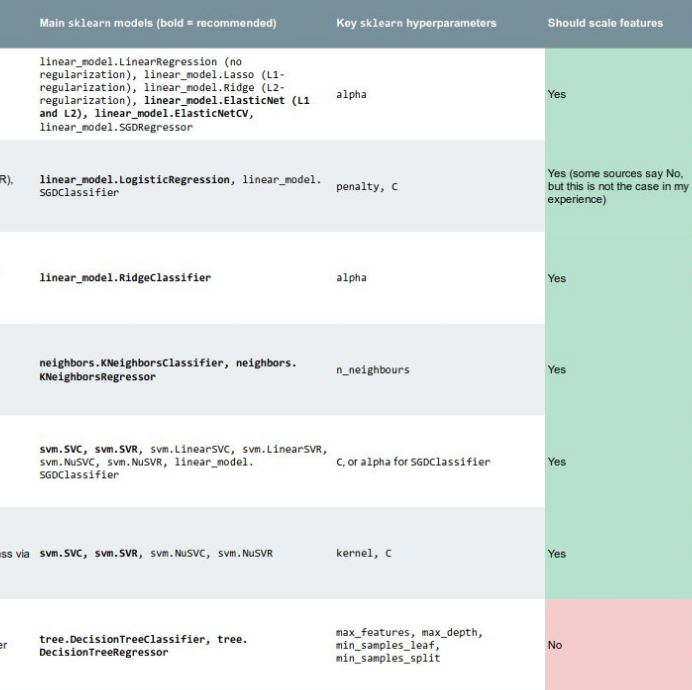The dangers of default disdain
/
Those who create do so with an unspoken bias and for good reason. A right-handed can opener, the placement of letters on a QWERTY keyboard. Anything manufactured starts out as a guess about its end user and their motivations, and these motivations are carved into the design. Those who create technology have the awesome power of establishing standards—setting the presets—to steer their systems. The larger the scale of the system, the more assumptions the designer has to make. And, unless these presets can be modified, the system is limited.
If you think about it, defaults are an incredibly necessary invention, because they go to work when we do nothing.









 Except where noted, this content is licensed
Except where noted, this content is licensed